Florence
The captivating city of Florence was founded by the Romans in 59B.C. and was first named Florentia. During the Barbarian invasion, the city was occupied by Ostrogoti, Byzantine, and Goth of Totila. In this period, the people gathered around the Bishops’ monasteries and later became centers of work and culture. The Longabardi conquered the city in the 6th century. Later on, the city rose from the darkness of middle age. The Franchi defeated the Longobardi, and this time, the Duke was substituted by a count. Later, the counts were replaced by the Marquis. After many barbarian invasions, Florence became an independent commune, which preceded Roman’s dominion over the city. It became an active commercial center governed by wealthy merchants, influential members of the clergy, and noble families. In addition, Florence became famous for the work of its handicrafts men. The city reached the peak of its glory between the 11th and 15th-century and soon became one of Italy’s power centers with the authority of Emperors and Popes. Painters, sculptors, and architects filled roads, churches, and palaces with the greatest works of art of the Renaissance emerged and highlighted. Read more history and top attractions of Florence below.
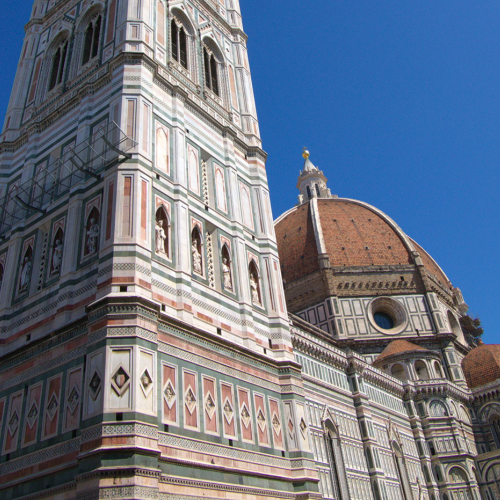
Travel plan 2 days: Must see in florence
Must see in Florence Weekend in Florence Discover Florence’s Treasures: 2-Day Itinerary. Are you planning to travel to Florence for a weekend trip? Though two
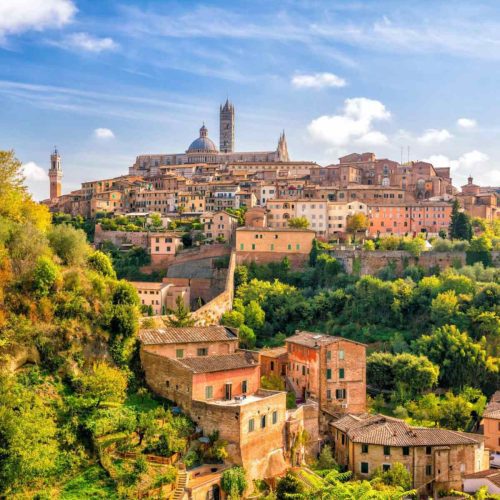
Travel plan 5 days: medieval tour in Tuscany.
Medieval tour in Tuscany Go back to the Middle Ages for five days. Medieval tour in Tuscany: Discover the medieval treasures of Tuscany beyond the
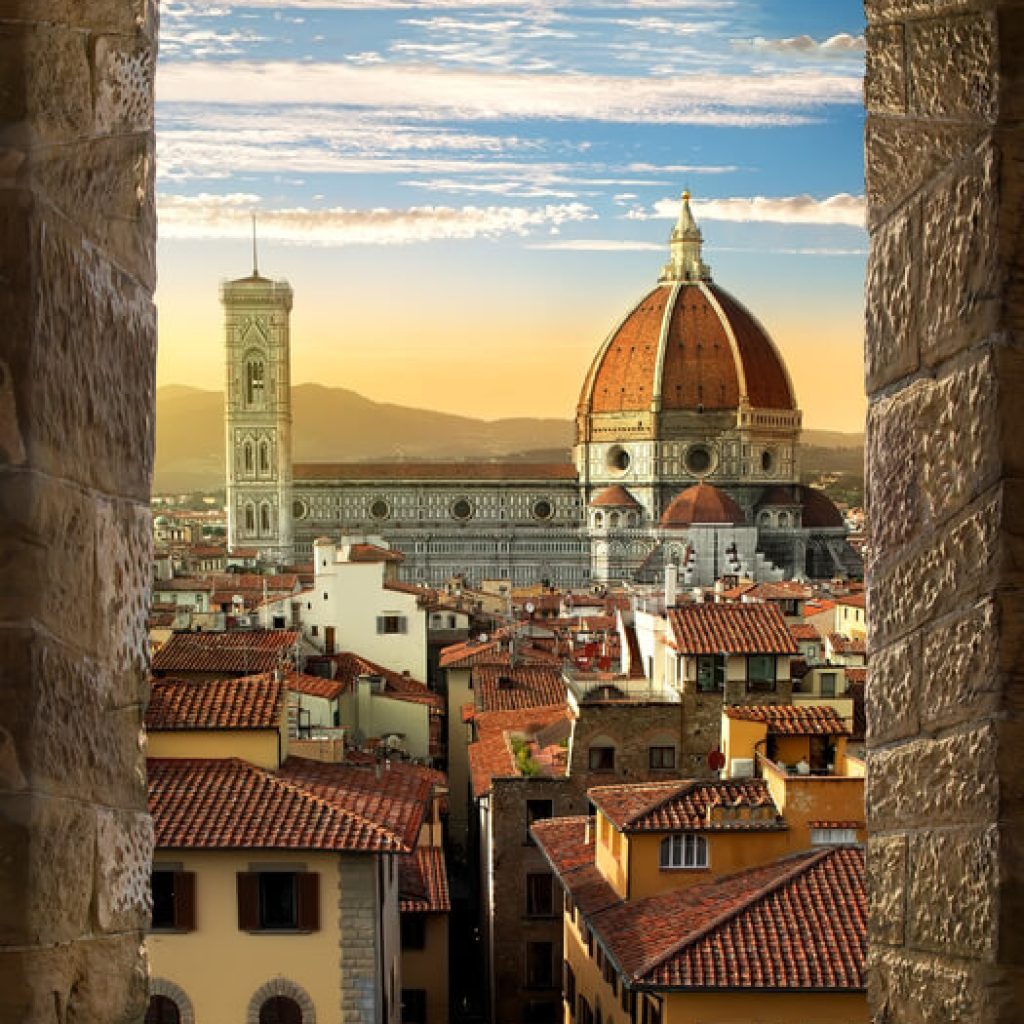
History of Florence
During the 13th century, Florence was one of the important rising cities in Europe. But the period of economic prosperity met its end with the Hundred Years War. The lower classes revolted against the Major Guilds in a famous riot known as the “Ciompi” uprising. Sooner, the city was split into two parts. The division was between those who remained their support to the old oligarchy and, on the other hand, are those who supported a more modest class, represented by the Medici family. During the first part of the 16th century, Florence was having difficulty in its politics. When Gian Gastone, the last member of the Medici family, died. He did not leave any heir resulting at the end of Florence’s grandeur until 1737. Afterward, Tuscany, including Florence, was under Austrian rule.
In 1820, the famous Florence Nightingale was born in the city. In 1861, the city became part of the newly united kingdom of Italy. It became the capital of Italy in 1865 but later on replaced by Rome in 1871. The Second World War was harsh for Florence when the Germans occupied it. However, after the war, Florence recovered and grew its population and prospered. In 1982, Florence was declared as a UNESCO World Heritage Site. It is now a popular tourist destination for many are drawn to its art and architecture.
Top Attractions
Santa Maria del Fiore
It is internationally known today as the world’s largest masonry dome. In addition, the majestic cathedral is home to 600 years worth of magnificent artworks and architecture. Santa Maria del Fiore is located in the heart of the Metropolitan City of Florence.
Ponte Vecchio
Completed in 1345 by Taddeo Gaddi, Ponte Vecchio means “Old Bridge” in Italian, is an outstanding work of engineering built during Europe’s Middle Ages. The Ponte Vecchio is the oldest and the most famous of the six bridges that cross Florence’s Arno River.
Da Vinci Museum
The Da Vinci Museum tour will show you the works of art by the famous Leonardo Da Vinci. It’s an interactive museum that houses an extensive collection of models constructed based on Leonardo’s drawings. The Museum is located in Vinci, Leonardo da Vinci’s birthplace, in Florence, Italy.
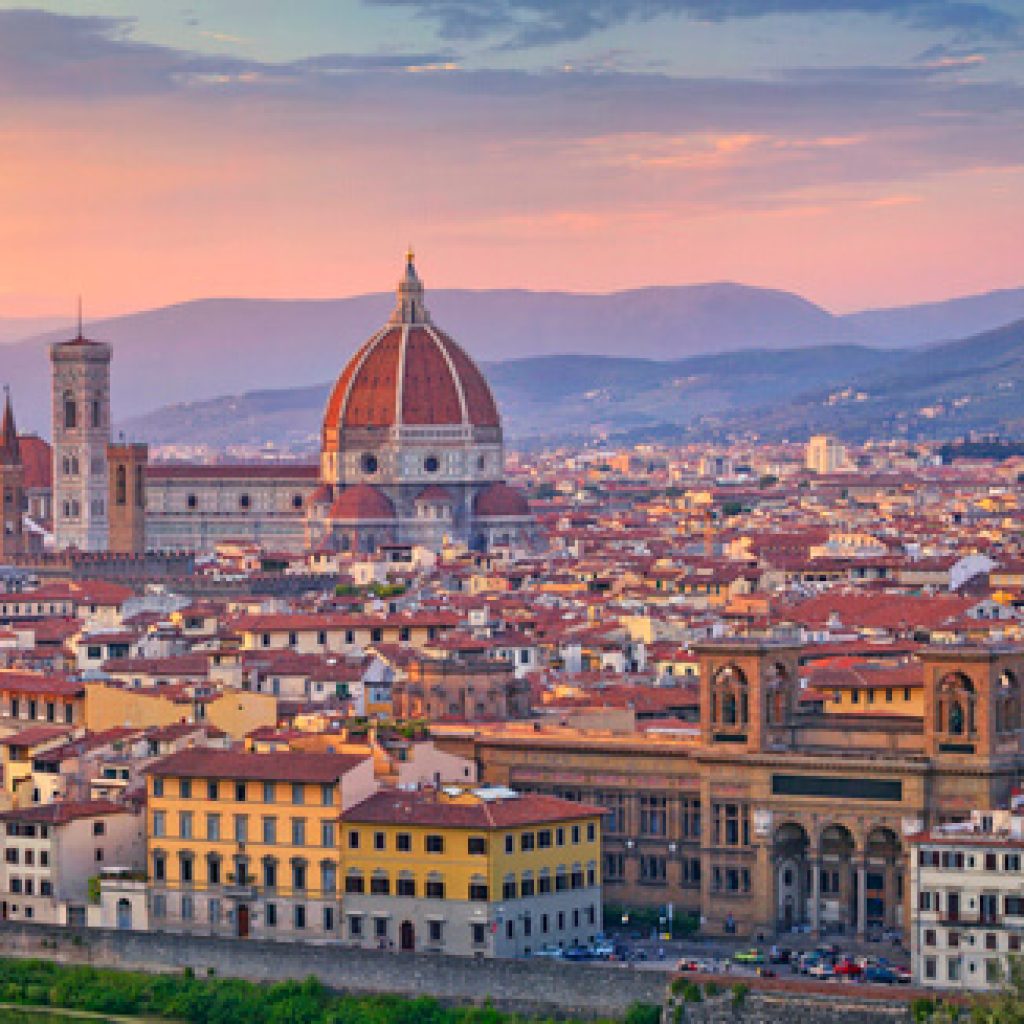
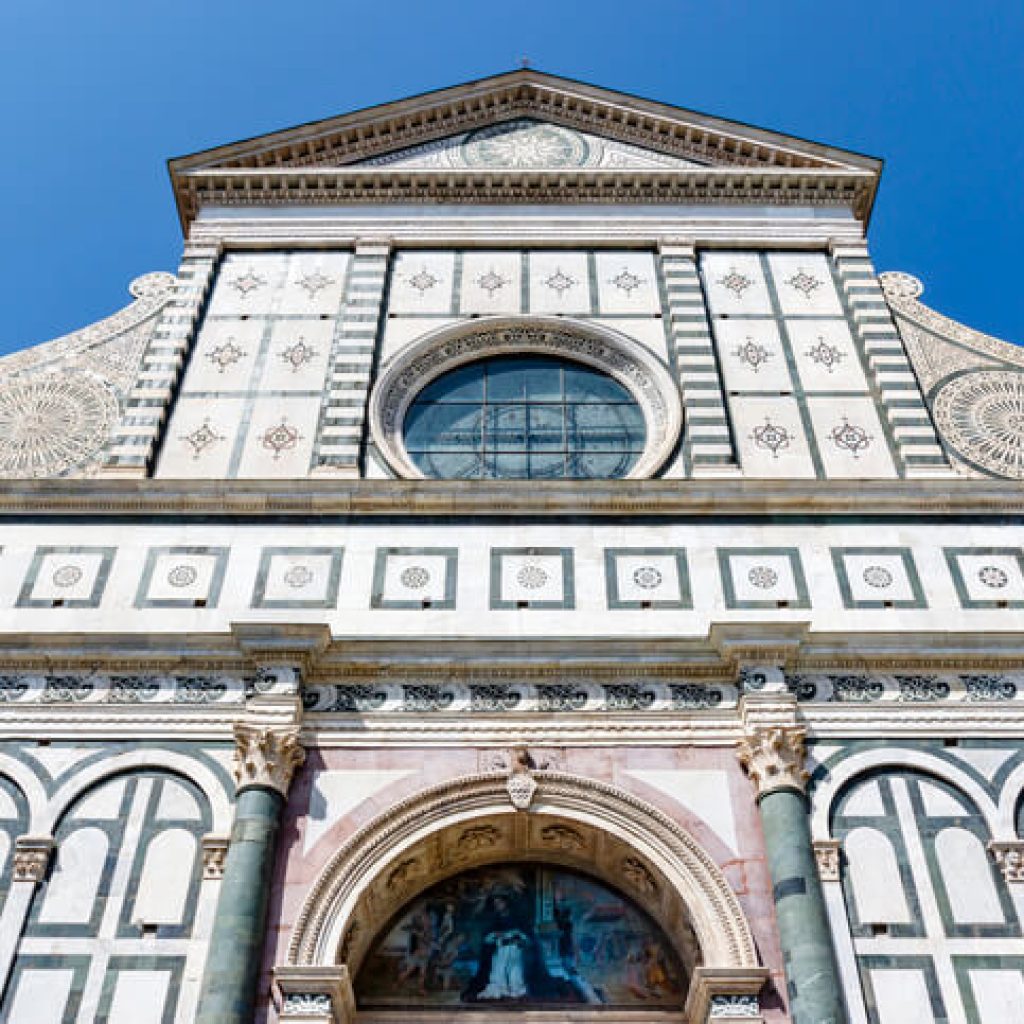
Churches and Basilica
Santa Maria del Fiore
This cathedral is the city’s most iconic landmark. Santa Maria del Fiore is considered to be one of the world’s biggest churches. It is also famous for its Gothic-Renaissance architecture and art.
Santa Maria Novella
It was built in the 14th century, and since then, it has become one of the most important monastic complexes in Italy. The basilica holds extraordinary works of art. It is also located near a train station making it easy to find.
Santa Croce
It is considered the second most famous church in Florence. Santa Croce is known for the many tombs of great artists, writers, and scientists buried there, like Galileo, Machiavelli, and the great Michelangelo.
San Lorenzo
Basilica is one of the oldest and most significant Renaissance churches in Florence. San Lorenzo is the home to the Medici Chapels, the burial place of the Medici family. It is situated at the center of the city’s main market district making it easier for tourists to visit.
